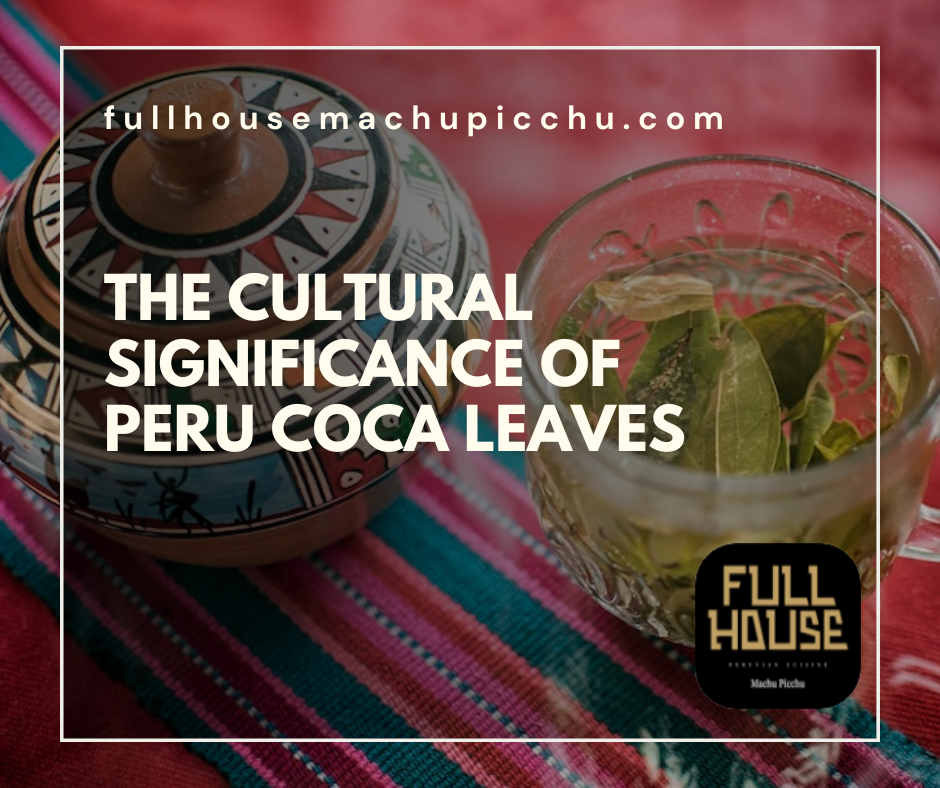The history of coca leaves stretches back thousands of years, long before the arrival of Europeans in South America. Indigenous peoples of the Andes have revered coca leaves for their spiritual and physical properties. Archaeological evidence suggests that coca leaves have been cultivated and consumed in Peru for over 3,000 years. They were regarded as a sacred plant and played a pivotal role in religious ceremonies and rituals.
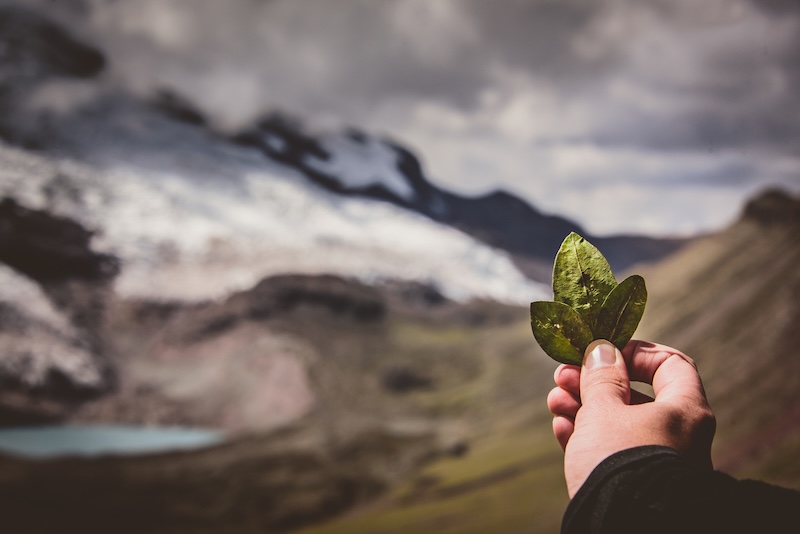
The Sacred Plant of the Andes
The coca leaf was more than just a plant—it was seen as a sacred gift in Andean spiritual beliefs. The leaves were considered a bridge between the earthly and the divine, helping to communicate with ancestors and deities. Using coca leaves in ceremonies was an important ritual in Peru, often with prayers and songs to honor Pachamama, the earth goddess. This sacred status elevated the coca leaf beyond mere consumption; it was a symbol of life and fertility.
Coca in the Inca Empire
The Inca civilization, one of the most advanced pre-Columbian empires, elevated coca leaves to a position of great significance. They believed coca was a gift from the gods and that priests used it in religious ceremonies to talk to the gods. The elite also used it, and it showed their status and power. The Incas grew many coca plants so that people could use the leaves for religious and ceremonial purposes throughout their empire.
Archeological Finds and Historical Evidence
Archaeological digs in Peru have uncovered coca leaves in burial sites, indicating their importance in funerary rites. These findings suggest that coca leaves played a role in the afterlife, potentially aiding the deceased’s journey. Ancient pottery and textiles also show coca leaves, proving they were important in daily and spiritual life. Such artifacts provide a glimpse into the deep-rooted cultural traditions surrounding coca, underscoring its historical importance.
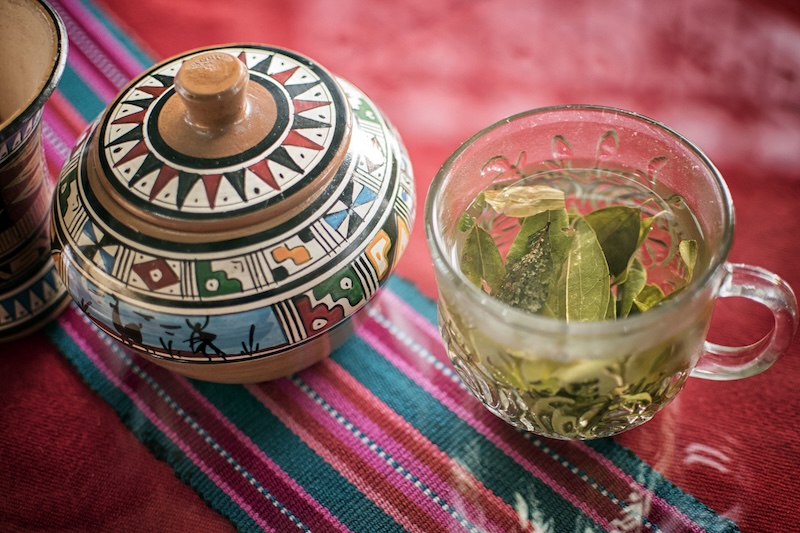
Coca Leaves in Peruvian Culture
Coca leaves have been important in Peruvian culture for many years. Today, people still use them every day, especially in the high Andes.
A Daily Ritual
Today in Peru, people still use coca leaves every day, especially in the high Andes mountains. Many people chew coca leaves to help with altitude sickness, called “soroche” locally. The leaves contain alkaloids that provide a mild stimulant effect, which can increase energy levels and reduce hunger and fatigue.
Chewing coca is not just useful; it’s something people do together with friends and family. This practice fosters social bonds, allowing for conversation and connection. Preparing and chewing coca leaves includes rituals passed down for generations, making the act more meaningful than it seems to outsiders.
Coca Leaf Tea: A Soothing Brew
Coca leaf tea, or “mate de coca,” is a popular beverage in Peru, often served to tourists visiting high-altitude areas. This tea is not only refreshing but also beneficial for easing digestion and enhancing physical endurance. Its mild flavor and invigorating qualities make it a staple in many households and a welcoming gesture for visitors.
The tradition of drinking coca tea extends beyond health benefits, serving as a symbol of hospitality. Offering coca tea to guests is a customary practice, embodying the warmth and generosity of Andean culture. Making coca tea is a skill passed down through families, making sure each cup has the right mix of tradition and flavor.
Cultural Ceremonies and Offerings
Coca leaves are deeply woven into the spiritual fabric of Andean culture. They are used in offerings known as “despachos,” which are ceremonial offerings to the earth goddess, Pachamama. Shamans perform these rituals to bring harmony and balance, asking for a good harvest, protection, or guidance.
Despacho ceremonies are intricate and colorful, involving various elements like flowers, grains, and sweets, alongside coca leaves. Each item in the offering holds symbolic meaning, reflecting the interconnectedness of life and the universe. People in these ceremonies often feel deeply connected to nature and their community, showing the strong spiritual meaning of coca leaf traditions.
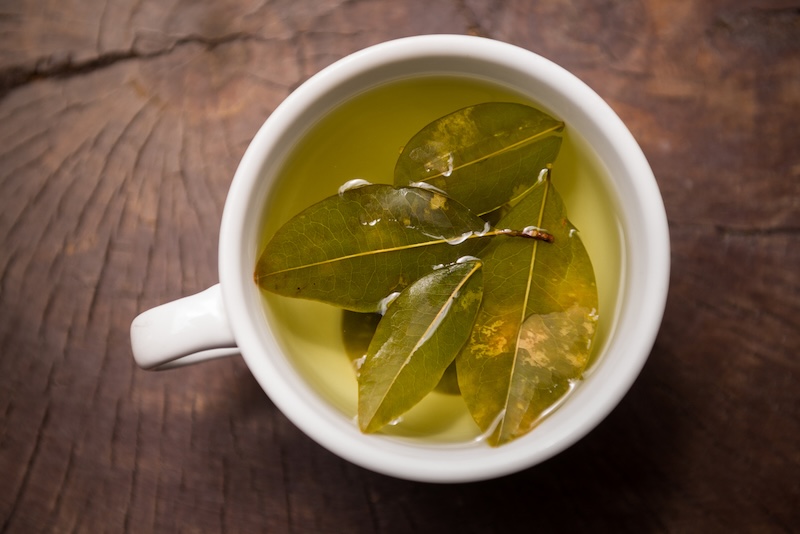
The Coca Leaf and Its Geographical Significance
The coca leaves are very important because they grow best in the Andes’ land and weather.
The Terrain and Climate
The Andean geography profoundly influences the growth and cultivation of coca leaves. The coca plant thrives in the tropical and subtropical climates of the eastern Andean slopes, where the altitude and temperature are ideal. This region, known as the “cocalero” zone, provides the perfect environment for coca cultivation, with its rich soil and favorable weather conditions.
The coca plant’s resilience to the harsh Andean environment is a testament to its adaptability and significance. Farmers in these regions have developed sophisticated agricultural techniques, ensuring the sustainability and quality of coca crops. This relationship between the land and its people underscores the deep-rooted cultural and environmental connections that define Andean life.
Exploring the Sacred Valley
One of the most captivating regions to explore the cultural significance of coca leaves is the Sacred Valley of the Incas. Nestled between Cusco and Machu Picchu, this valley offers an immersive experience into the heart of Andean traditions. Here, visitors can engage with local communities, participate in coca leaf rituals, and learn about the agricultural practices that have sustained the region for centuries.
The Sacred Valley is not just a geographical marvel but a living museum of Andean heritage. Ancient terraces and pathways dot its landscapes and tell stories of past civilizations. By engaging with local guides and communities, travelers can gain insight into the enduring legacy of coca leaves and their role in shaping the cultural and historical landscape of the region.
The Role of Geography in Cultural Practices
Geography plays a crucial role in shaping the cultural practices surrounding coca leaves. In high-altitude regions, where the air is thin, and the terrain is rugged, coca leaves are a vital source of sustenance and energy. This dependency has fostered a cultural reverence for the plant, embedding it into the daily lives and spiritual practices of the Andean people. The unique geographical conditions have thus forged a distinctive cultural identity centered around coca leaves.

Modern-Day Challenges and Perspectives
Despite its cultural significance, the coca leaf faces numerous modern-day challenges, largely stemming from global misconceptions and legal issues.
Misconceptions and Global Perceptions
Despite its cultural significance, the coca leaf faces numerous challenges due to its association with cocaine production. People around the world often misunderstand coca leaves, overshadowing them with associations to the illicit drug trade. However, it is crucial to differentiate between the traditional use of coca leaves and the chemical processes that convert them into cocaine.
The global narrative often fails to recognize the cultural and medicinal value of coca leaves, reducing them to their role in drug production. This misperception has led to legal restrictions and stigmatization, affecting the livelihoods of those who rely on coca cultivation. Educating the global community about the traditional uses of coca is essential for changing these perceptions and supporting cultural preservation.
Legal Battles and Economic Impacts
The legal status of coca leaves varies significantly across countries, impacting the economic stability of Andean communities. Many farmers depend on coca cultivation as a primary source of income, and legal restrictions can lead to economic hardship. Efforts to criminalize coca often overlook its cultural importance, leading to tensions between indigenous communities and government authorities. Balancing legal frameworks with cultural preservation is a complex yet necessary endeavor.
Advocating for Cultural Preservation
There is a growing movement in Peru and other Andean countries to preserve and protect the cultural heritage of coca leaves. Currently, people diligently teach both locals and visitors not only how to use coca leaves but also why they are important in Andean culture. Advocacy for the de-stigmatization of coca leaves is vital for maintaining the cultural identity and practices of indigenous communities.
Organizations and activists are working tirelessly to promote the benefits and significance of coca leaves through cultural festivals, educational programs, and media campaigns. These initiatives aim to shift the narrative around coca, highlighting its role in sustaining Andean culture. By supporting these efforts, individuals and governments can help safeguard this invaluable cultural heritage for future generations.
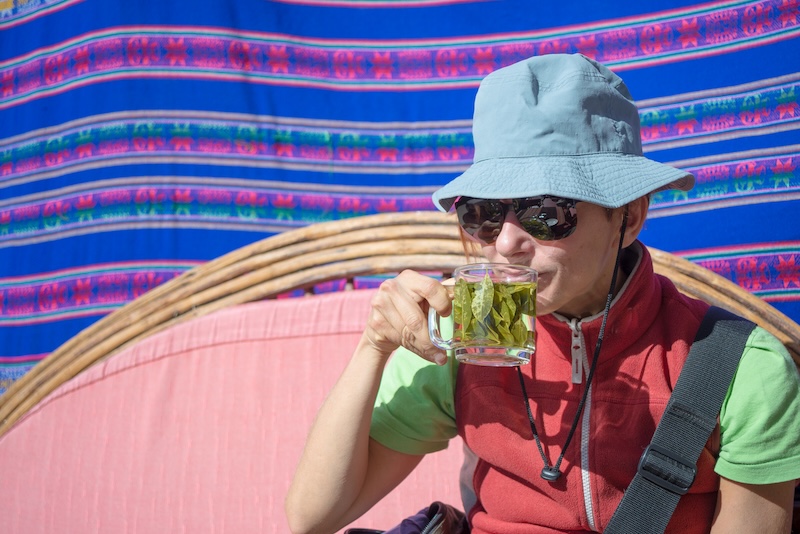
Practical Tips for Travelers
For travelers visiting Peru, engaging with coca leaf traditions offers a unique opportunity to connect with the rich cultural heritage of the Andes.
Respecting Local Traditions
For travelers visiting Peru, it is essential to approach the cultural practices surrounding coca leaves with respect and openness. Participating in a coca leaf ceremony or enjoying a cup of coca tea can be a profound way to connect with the local culture. You should be mindful of the context and significance of these practices, honoring the traditions that generations have passed down.
Travelers should seek to understand the cultural nuances and historical significance of coca leaves, approaching them with curiosity and reverence. Engaging with local communities and participating in traditional ceremonies can provide deeper insights into the Andean way of life. By showing respect for these practices, visitors can foster positive interactions and meaningful cultural exchanges.
Discovering Off-the-Beaten-Path Destinations
Although millions of visitors flock to iconic sites such as Machu Picchu, you can also deeply explore the cultural significance of coca leaves at numerous lesser-known locations; indeed, these hidden gems offer unique insights and opportunities for meaningful connection. Venturing into remote Andean villages provides a unique opportunity to witness traditional coca leaf cultivation and participate in community rituals.
These off-the-beaten-path destinations offer an authentic glimpse into the daily lives of Andean communities, away from the hustle and bustle of tourist hotspots. Travelers can explore local markets, engage with artisans, and participate in traditional festivities centered around coca leaves. Such experiences allow for a deeper appreciation of the cultural heritage that defines this remarkable region.
Supporting Local Economies and Sustainable Tourism
Travelers can contribute positively to local economies by purchasing coca-related products from local vendors and supporting community-based tourism initiatives. By choosing to engage with sustainable tourism practices, visitors can help preserve the cultural and environmental integrity of the regions they explore. Supporting local artisans and farmers fosters economic stability and empowers communities to maintain their cultural traditions.
In conclusion, the cultural significance of coca leaves in Peru is a testament to the rich heritage and enduring traditions of the Andean people. By understanding and respecting these cultural practices, travelers can gain a deeper appreciation for the vibrant tapestry of life in this remarkable region. Whether sipping coca leaf tea or, moreover, witnessing a despacho ceremony, the coca leaf not only offers a fascinating window into the soul of the Andes but also, consequently, invites us to explore and truly cherish its timeless legacy.

